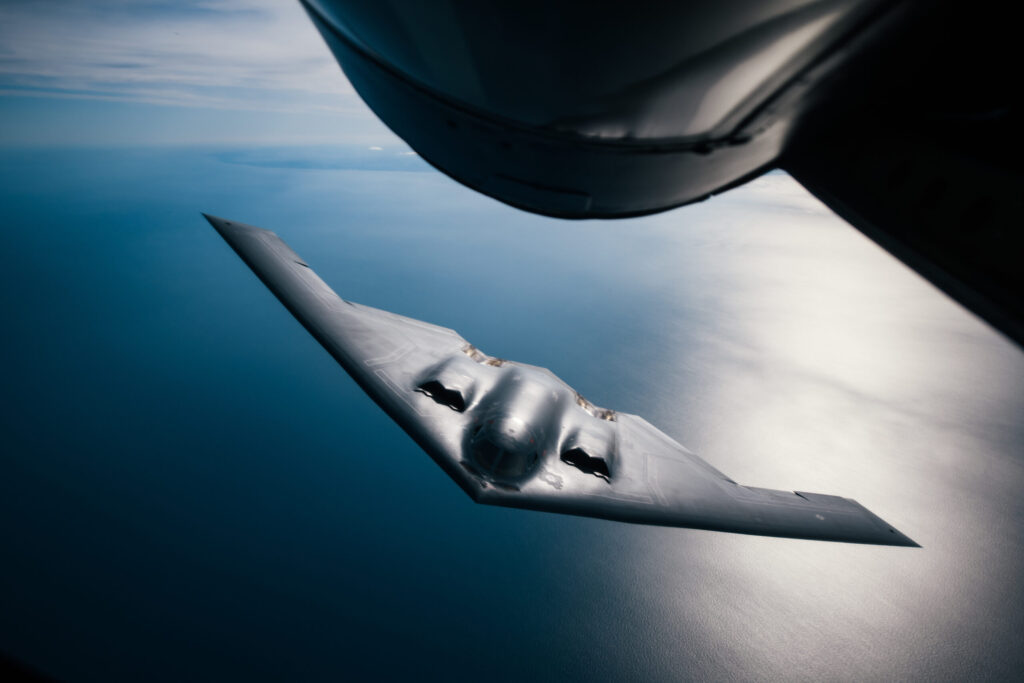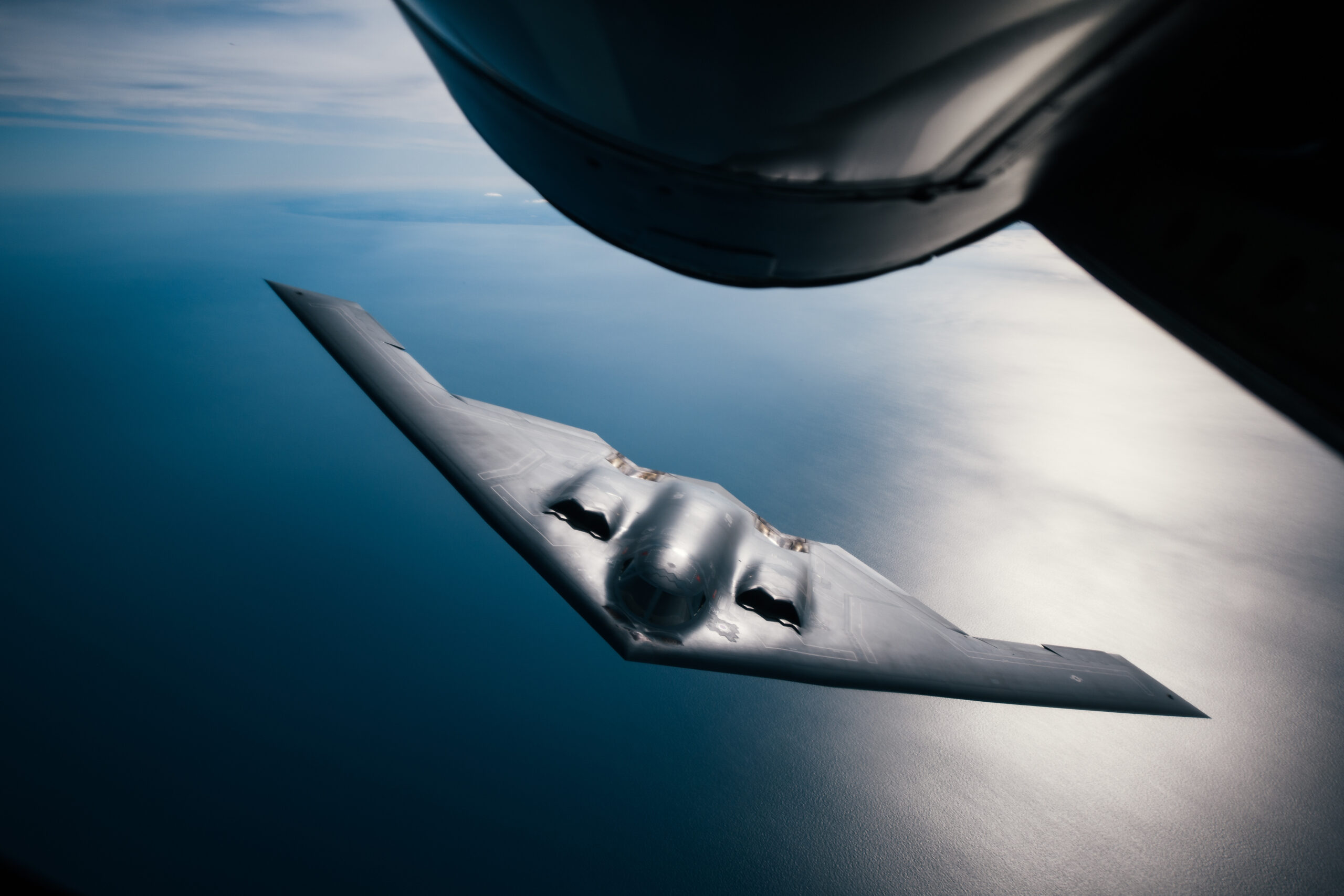
As geopolitical tensions rise and military budgets swell, strategic bombers—long-range aircraft designed to deliver powerful payloads over vast distances—are once again in the spotlight. Once the icons of Cold War deterrence, these high-powered machines continue to evolve in design, purpose, and controversy. But what exactly are strategic bombers, and why are they still so significant? A closer look through various lenses—scientific, engineering, and political—offers a richer understanding of their modern relevance.
Technical and Scientific Perspective
From a scientific standpoint, strategic bombers are marvels of aerospace engineering. Designed for long-range missions, these aircraft can travel thousands of kilometers without refueling, often carrying nuclear or large-scale conventional weapons. Modern variants such as the U.S. B-2 Spirit and the upcoming B-21 Raider incorporate stealth technology, radar-absorbent materials, and advanced avionics, enabling them to penetrate sophisticated enemy defenses undetected.
Engineering and Design Innovations
Engineers view strategic bombers as complex systems where aerodynamics, materials science, propulsion, and digital control systems converge. Innovations include adaptive flight control surfaces, fuel-efficient turbofan engines, and modular payload bays allowing for mission versatility. Engineering challenges remain, especially in balancing stealth with payload capacity and survivability against emerging threats like hypersonic interceptors and AI-guided air defenses.
Political and Strategic Outlook
Politically, strategic bombers symbolize power projection and deterrence. Countries like the United States, Russia, and China maintain fleets as part of their nuclear triads. Supporters argue that these platforms are essential for maintaining a credible deterrent against adversaries and ensuring rapid global strike capabilities. However, critics question their cost-effectiveness and role in escalating arms races, especially in a world facing mounting calls for disarmament and climate responsibility.
Ethical and Environmental Debates
The use of strategic bombers raises ethical concerns regarding civilian casualties, environmental damage, and the risk of nuclear escalation. With growing awareness of climate change, their massive fuel consumption and carbon emissions are increasingly scrutinized, prompting discussions about the sustainability of air-based deterrence.
Which Countries Possess Strategic Bombers?
Only a few countries in the world operate strategic bombers due to the high cost, technological complexity, and strategic doctrine required. These nations include:
- United States: The U.S. Air Force operates the B-1B Lancer, B-2 Spirit, and the older B-52 Stratofortress. It is also developing the B-21 Raider, a sixth-generation stealth bomber set to enter service in the late 2020s.
- Russia: The Russian Aerospace Forces deploy the Tu-95 Bear, Tu-160 Blackjack, and Tu-22M3 Backfire bombers, all capable of nuclear and conventional missions. Russia continues to modernize its bomber fleet with upgraded avionics and weapons systems.
- China: The People's Liberation Army Air Force (PLAAF) operates the Xian H-6, a bomber derived from the Soviet Tu-16. China is also developing the Xian H-20, a stealthy long-range bomber intended to rival the B-2.
- United Kingdom and France: While not operating traditional strategic bombers, these nations maintain air-based nuclear capabilities via fighter-bomber platforms like the RAF’s Typhoon and France’s Mirage 2000N or Rafale with airborne nuclear delivery roles.
These strategic bombers play a central role in these nations’ nuclear deterrence strategies and global power projection, often forming part of a "nuclear triad" alongside land-based missiles and submarine-launched ballistic missiles.
The Future of Strategic Bombers
As warfare evolves toward cyber and unmanned systems, the future of strategic bombers is uncertain but not obsolete. Nations continue to invest in next-generation platforms with AI integration, hypersonic capabilities, and drone support. Whether these systems will remain dominant or be replaced by more agile technologies is a question that defense analysts are watching closely.
